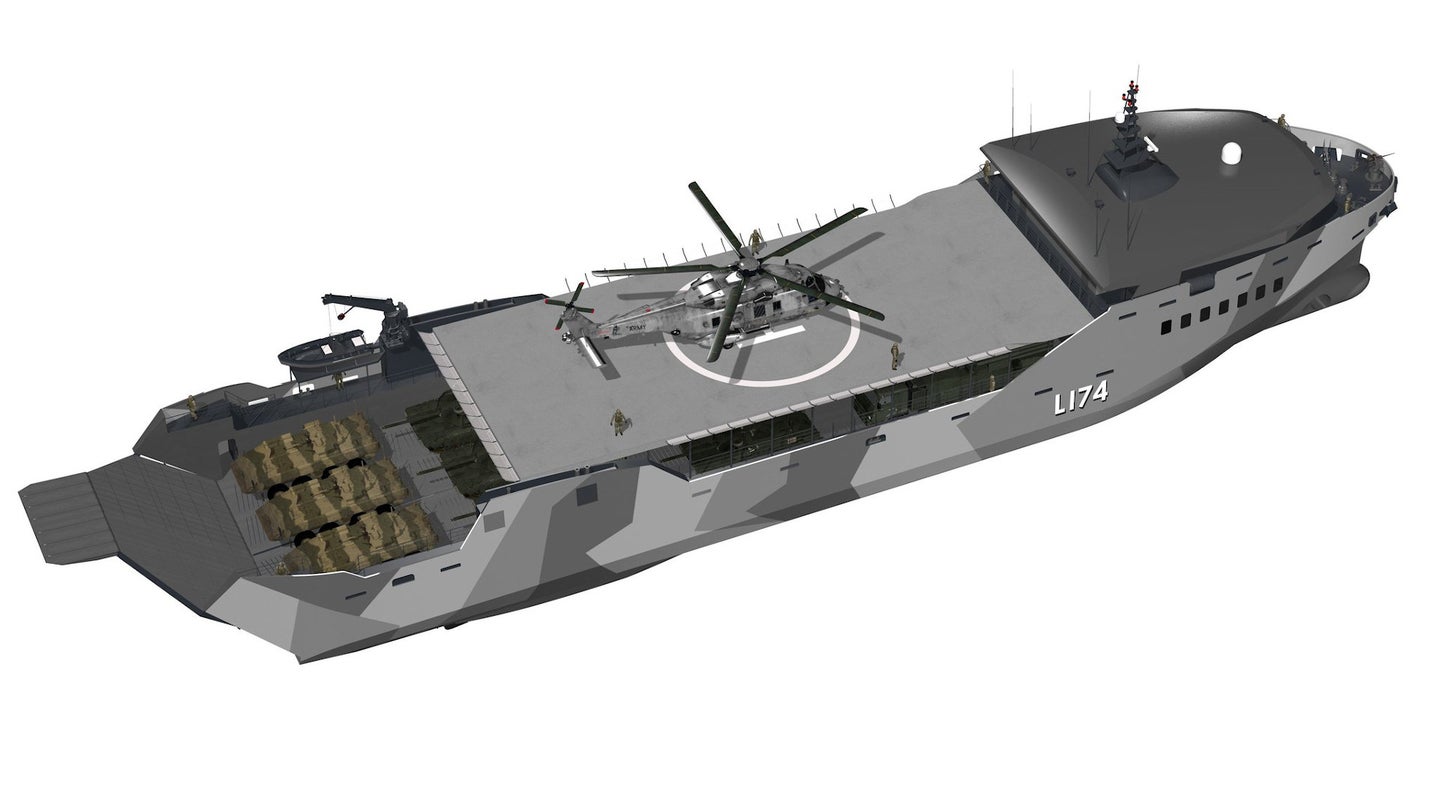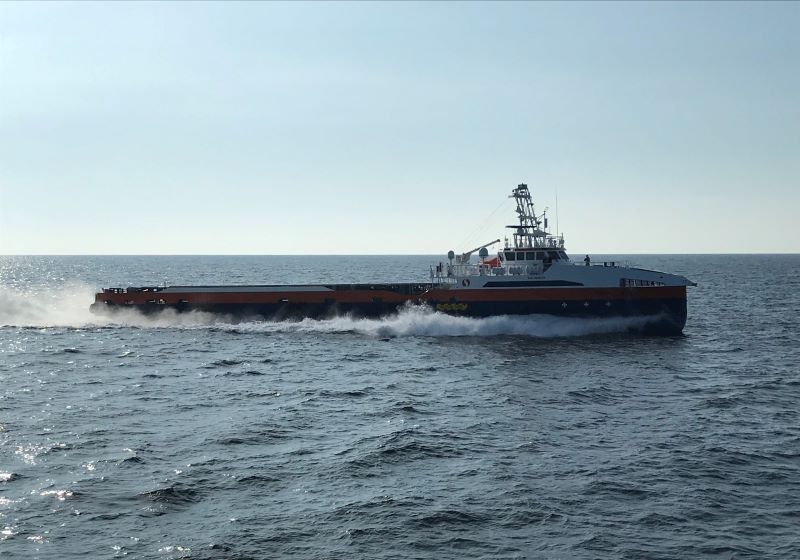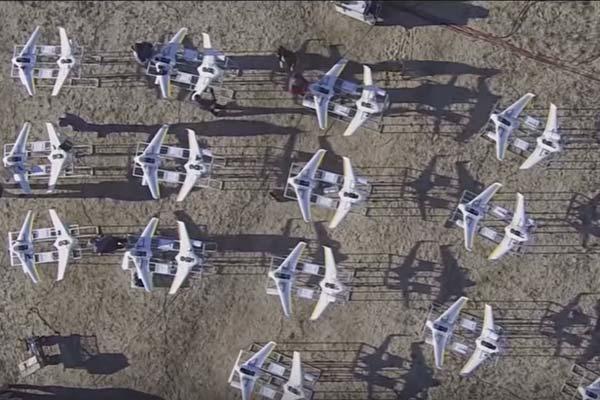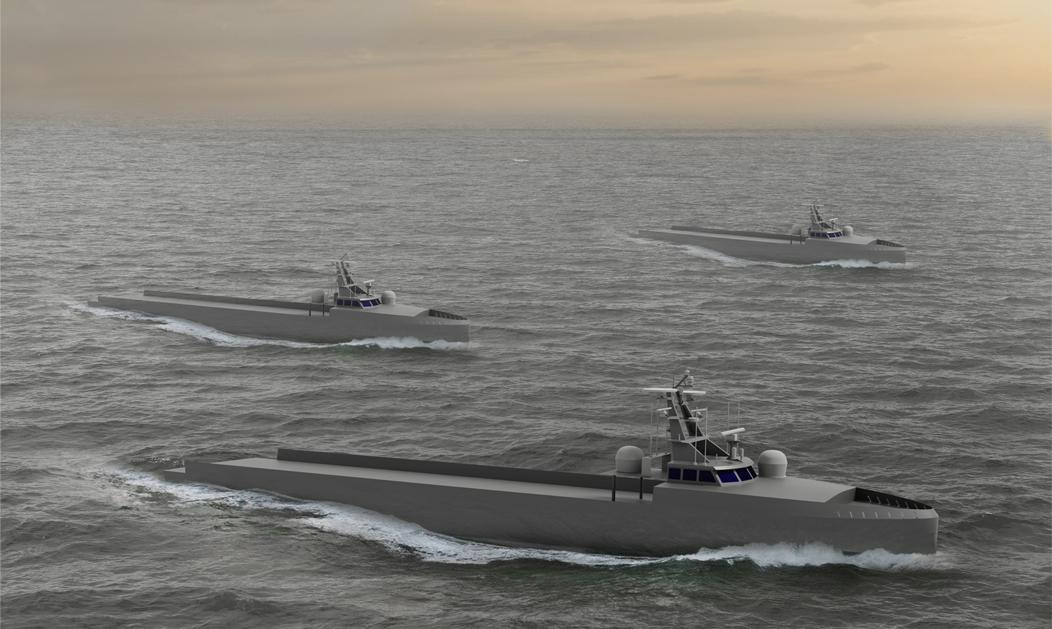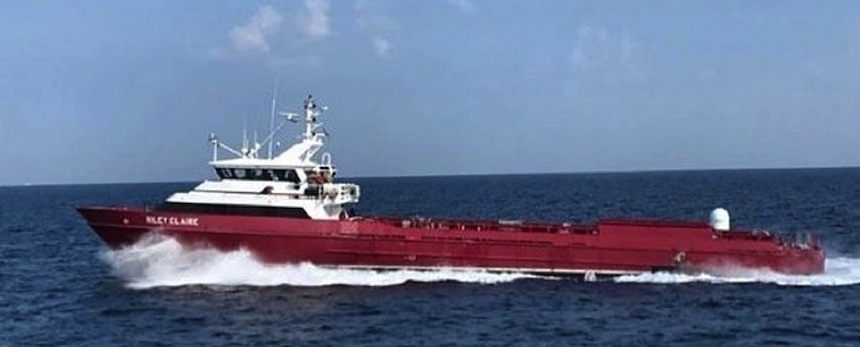Following Up
https://nationalinterest.org/blog/buzz/us-navy-wants-test-its-unmanned-battle-fleet-168846
September 11, 2020 Topic: Security Blog Brand: The Buzz Tags: U.S. NavyUnmanned ShipsAutonomous VehiclesDronesNaval Warfar
The U.S. Navy Wants to Test Its Unmanned Battle Fleet
Can drones truly take over the high seas?
by Peter Suciu
The U.S. Navy is already ramping up its efforts to introduce and deploy large numbers of interwoven, armed surface drones, a move bringing an entirely new sphere of tactics, techniques and procedures. These surface drones include medium, large and small Unmanned Surface Vehicles (USVs).
The next step will be assembling those unmanned systems for an exercise.
Earlier this week the U.S. Pacific Fleet announced that it will deploy a combination of early developmental undersea, surface and more mature aerial unmanned systems to the Indo-Pacific next year to address a battle problem and that will test the current utility of the assets now available, reported USNI News.
“We’re shooting for early 2021 to be able to run a fleet battle problem that is centered on unmanned,” Rear Adm. Robert Gaucher, director of maritime headquarters at the U.S. Pacific Fleet, said on Tuesday at the Defense, Protection, Security virtual conference that was sponsored by the Association for Unmanned Vehicle Systems International (AUVSI). “It will be on the sea, above the sea and under the sea.”
Gaucher added that while the details have been fully worked out, the exercise will entail a command-and-control aspect, and will demonstrate how autonomy can fit into addressing actual fleet problems.
Fewer Sailors, More Autonomy
The U.S. Navy has been slowly starting to deploy unmanned systems, and these mostly include small-scale unmanned surface vessels.
In July, the U.S. Navy awarded L3Harris a $35 million contract to design and fabricate a prototype medium unmanned surface vehicle (MUSV), which is expected to be delivered for testing by the end of 2022. This is one of the latest efforts by the Department of Defense (DoD) to develop a fully automated robotic warship that could be capable of locating and tracking enemy submarines and other maritime threats.
In addition, the Navy is also committed to large unmanned surface vessels (LUSV), which could be akin to an external weapons platform that is controlled remotely by larger manned surface combatants.
While the American fleet throughout its history has shifted back and forth between naval concepts favoring fewer large ships or more smaller ones, the fleet architecture currently under development for the first time includes large numbers of robotic vessels. The question now is how those can be integrated into the fleet.
My sense is that the US Navy is moving towards finding its Whaler for the 2020s*.
https://news.usni.org/2020/09/04/6-companies-awarded-contracts-to-start-work-on-large-unmanned-surface-vehicle
https://www.gibbscox.com/blog/gibbscoxmusv
https://www.naval-technology.com/news/us-navy-awards-contract-to-l3harris-to-develop-musv-prototype/
https://breakingdefense.com/2020/07/navy-inks-deal-for-new-unmanned-fleet/
https://news.usni.org/2020/08/27/marines-already-in-industry-studies-for-light-amphibious-warship-in-bid-to-field-them-asap
Here is the image for the Light Amphibious Warship
Here is the image for the Gibbs & Cox / L3Harris Large Unmanned Surface Vessel
Here are images for the Ghost Fleet Overlord Phase 1 trials
And here are links for Fast Supply Vessels built by Swiftships - They are cheap, simple, adaptable and long in service.
https://swiftships.com/175-ft-fast-supply-vessel/
https://swiftships.com/185-ft-crew-and-supply-vessel/
From what I can gather the USN is looking at two classes of sea-going vessels, a Medium Unmanned Surface Vessel with plans to field up to 40 vessels in the near term (5 year), and a Large Unmanned Surface Vessel. I can't find the numbers planned. At the same time the USMC is seeking the Light Amphibious Warfare Vessel with plans to field up to 30 vessels.
The MUSV is expected to be an ISR platform in the 45 to 190 ft range with a displacement of 500 tons - almost identical to the WW2 Flower corvettes. A 35 MUSD contract has been awarded to L3Harris for a MUSV prototype to be designed and built and trialled for delivery in 2023. 8 more to follow if successful. 32 more if adopted.
The LUSV is expected to be a missile platform launching missiles from vertical launch tubes (apparently containerized and to be carried as cargo on the deck). That vessel is to be based on a 1000 to 2000 ton commercial hull of 200 to 300 ft in length drawing on the expertise of the Offshore Supply Vessel (OSV) industry, with particular interest in the class known as the Fast Supply Vessel or Fast Intervention and Supply Vessel. Congress is telling the USN to hold up on deciding what to do about the VLS system for the moment. The project goes by the name Ghost Fleet Overlord.
The Marines LAW is expected to be a 200 ft beachable cargo hauler with a helideck and RoRo capability with accommodation for 75 marines (and up to 40 crew). It too is based on existing commercial OSV standards and is intended for fast delivery. They are looking for up to 30 vessels.
My sense is that there is not a great deal of difference between the Marines OSV (LAW) and the Navy's OSV (LUSV) beyond the speed and I am sure the Marines would not complain if they could get a faster vessel at an acceptable price.
My Concept of Operations would be to have the Unmanned Fleet hover unmanned but then fly on a skeleton crew when working in tight sea ways and when conducting beaching and docking ops if necessary. The Marines are swapped out for the missiles essentially and are just another round for the Navy to launch.
Also the USN has some 38 LCS hulls in the water, under construction or under contract with an intention to supply them with a total of 66 crews. The LCS (3104 tonnes light - Indepence Class Trimaran) may not be appropriate for bouncing around the briny. It may be overpriced. It may even have a short lifespan. But. As a highspeed link between hovering lily pads, as a command and control node, as a combination local ferry and Very Large PT boat it could be integrated into the ConOps. As could the 14 Spearfish class 43 knot, 1500 tonne, EPFs previously known as JHSVs with crews of 41 and capacity for 600 short tons and 312 troops with an MH-60 and ability to land CH-53K Sea Stallions.
That is an awful lot of moving squares on the chess board.
And all backed by
2x LHA
8x LHD
11x LPD
12x LSD
2x LCC
1x Special Warfare Support Vessel
2x Expeditionary Support Base - Expeditionary Mobile Base
2x Expeditionary Support Base - Expeditionary Transfer Dock
130x Military Sealift Command Ships
Civilian Cargo Carriers
Protected by
10x CVNs (+1)
22x CGs
67x DDGs
51x SSNs
4x SSGNs
14x SSBNs
Looking over that list, and the capabilities it represents, particularly if concentrated geographically and not scattered hither and yon on high tech constabulary duties, I don't think there are many competitors in a position to win a battle, much less a war. Of course, for the concentration to happen it may require friends to step in and handle the constabulary duties to keep the sea lanes clear.
*
In early 1939, with the risk of war with Nazi Germany increasing, it was clear to the Royal Navy that it needed more escort ships to counter the threat from Kriegsmarine U-boats. One particular concern was the need to protect shipping off the east coast of Britain. What was needed was something larger and faster than trawlers, but still cheap enough to be built in large numbers, preferably at small merchant shipyards, as larger yards were already busy. To meet this requirement, the Smiths Dock Company of Middlesbrough, a specialist in the design and build of fishing vessels, offered a development of its 700-ton, 16 knots (18 mph; 30 km/h) whale catcher Southern Pride.[6][7] They were intended as small convoy escort ships that could be produced quickly and cheaply in large numbers. Despite naval planners' intentions that they be deployed for coastal convoys, their long range meant that they became the mainstay of Mid-Ocean Escort Force convoy protection during the first half of the war.
https://en.wikipedia.org/wiki/Flower-class_corvette#Design



